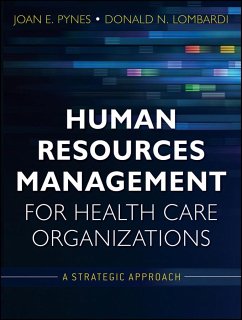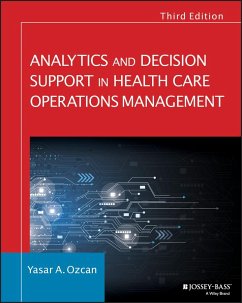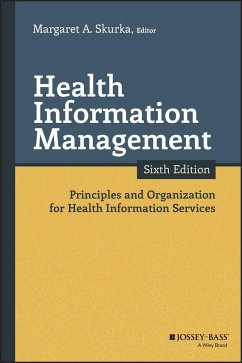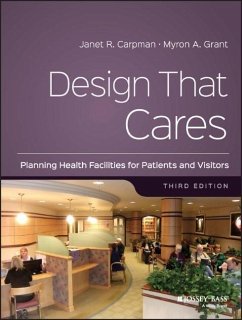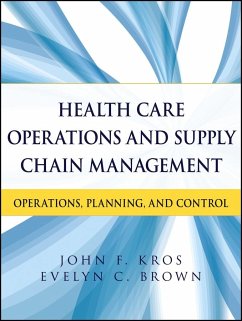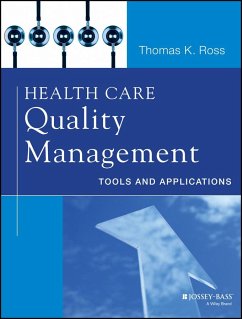Nicht lieferbar
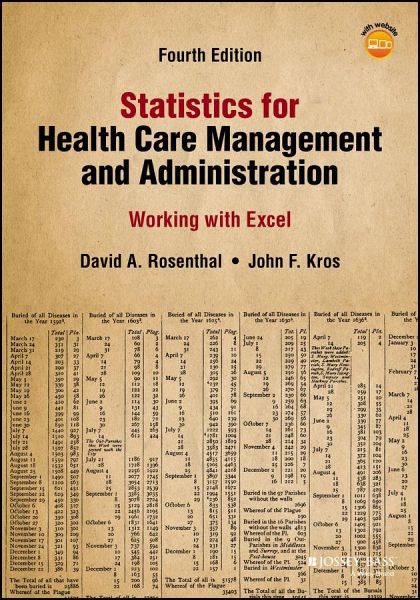
Statistics for Health Care Management and Administration
Working with Excel
Versandkostenfrei!
Nicht lieferbar
The must-have statistics guide for students of health servicesStatistics for Health Care Management and Administration: Working with Excel introduces the uses of statistics in healthcare management and administration using the features and functions of Microsoft Excel. The book introduces students to statistics within the context of health care, focusing on the major data and analysis techniques used in the field. Step-by-step instructions in the latest version of Excel and numerous annotated screen shots make examples easy to follow and understand.This updated fourth edition provides the same...
The must-have statistics guide for students of health services
Statistics for Health Care Management and Administration: Working with Excel introduces the uses of statistics in healthcare management and administration using the features and functions of Microsoft Excel. The book introduces students to statistics within the context of health care, focusing on the major data and analysis techniques used in the field. Step-by-step instructions in the latest version of Excel and numerous annotated screen shots make examples easy to follow and understand.
This updated fourth edition provides the same content and explanations that have made the previous editions so popular, offering revisions drawn directly from universities where the book has been used. All content has been brought current with the newest version of excel, and changes in the field of healthcare administration are covered as well. Statistics for Health Care Management and Administration gets students off to a great start by introducing statistics in the context of their chosen field.
_ Learn the basics of statistics in the context of Excel
_ Understand how to acquire data and display it for analysis
_ Master important concepts and tests, including regression
_ Turn test results into usable information with proper analysis
This book not only helps students develop the necessary data analysis skills, but also boosts familiarity with important software that employers will be looking for.
Statistics for Health Care Management and Administration: Working with Excel introduces the uses of statistics in healthcare management and administration using the features and functions of Microsoft Excel. The book introduces students to statistics within the context of health care, focusing on the major data and analysis techniques used in the field. Step-by-step instructions in the latest version of Excel and numerous annotated screen shots make examples easy to follow and understand.
This updated fourth edition provides the same content and explanations that have made the previous editions so popular, offering revisions drawn directly from universities where the book has been used. All content has been brought current with the newest version of excel, and changes in the field of healthcare administration are covered as well. Statistics for Health Care Management and Administration gets students off to a great start by introducing statistics in the context of their chosen field.
_ Learn the basics of statistics in the context of Excel
_ Understand how to acquire data and display it for analysis
_ Master important concepts and tests, including regression
_ Turn test results into usable information with proper analysis
This book not only helps students develop the necessary data analysis skills, but also boosts familiarity with important software that employers will be looking for.






